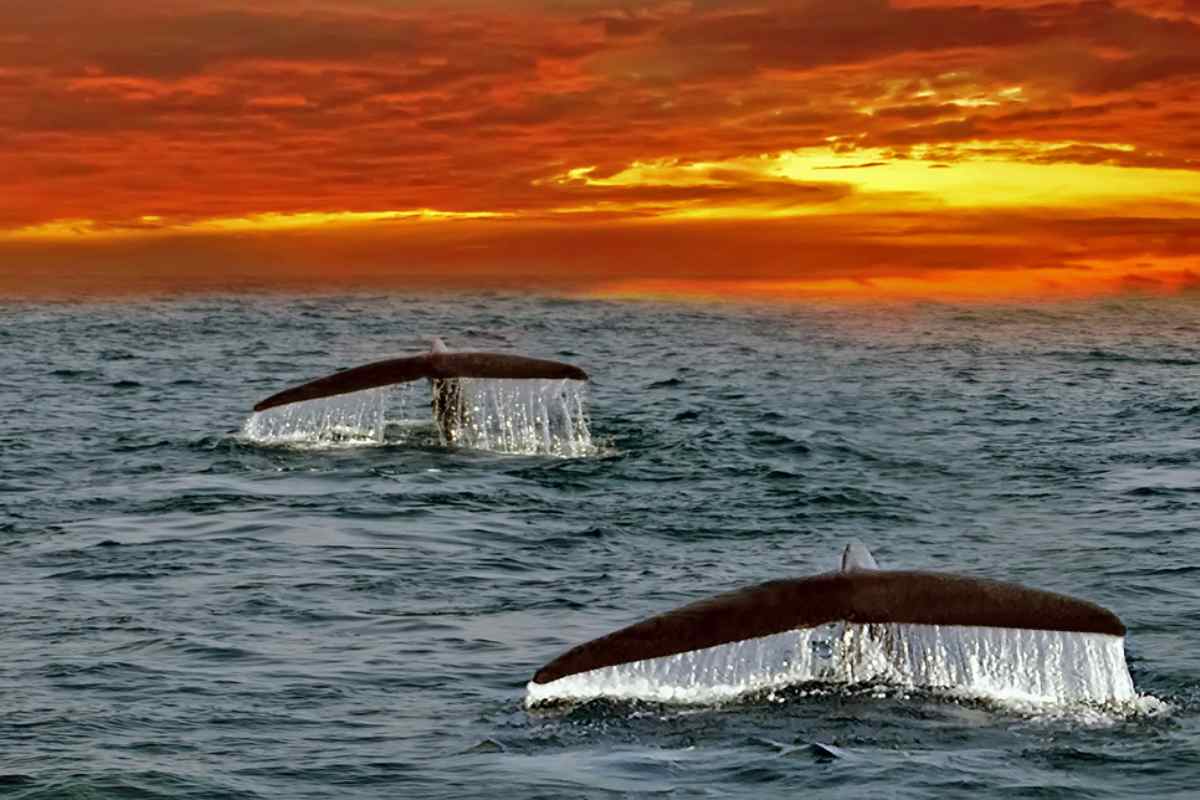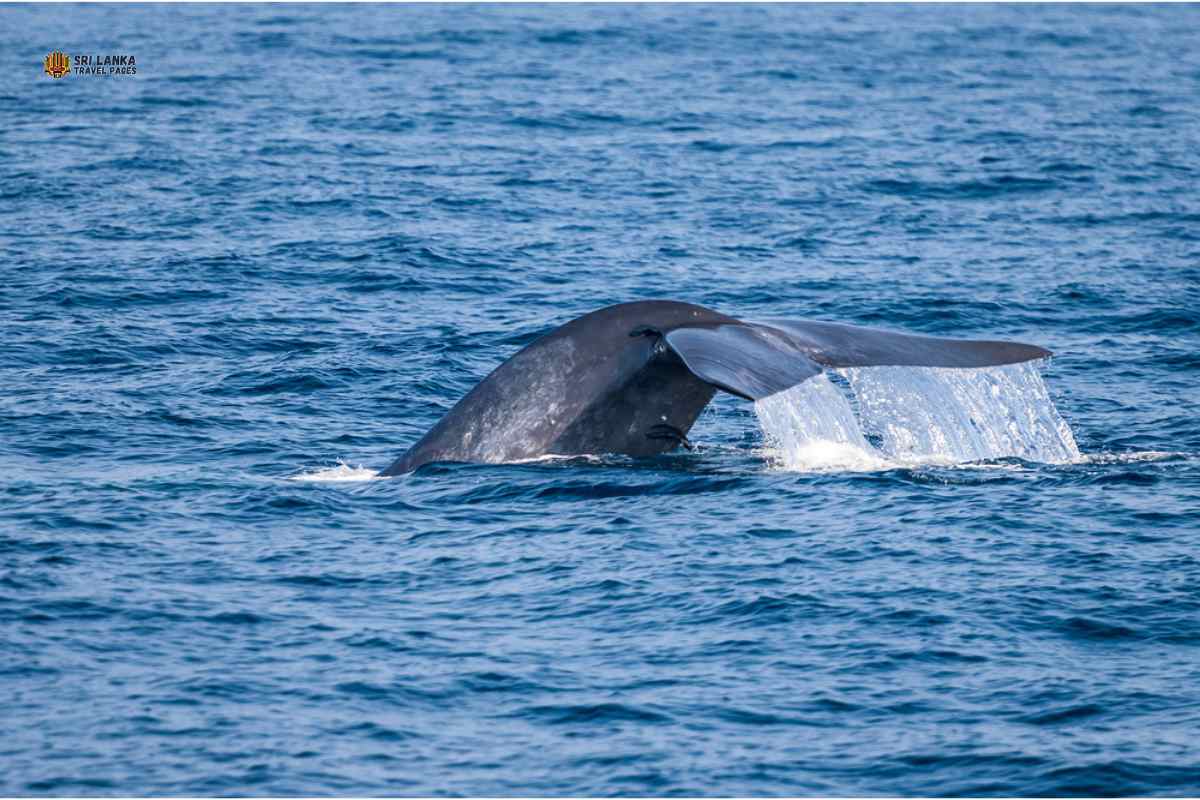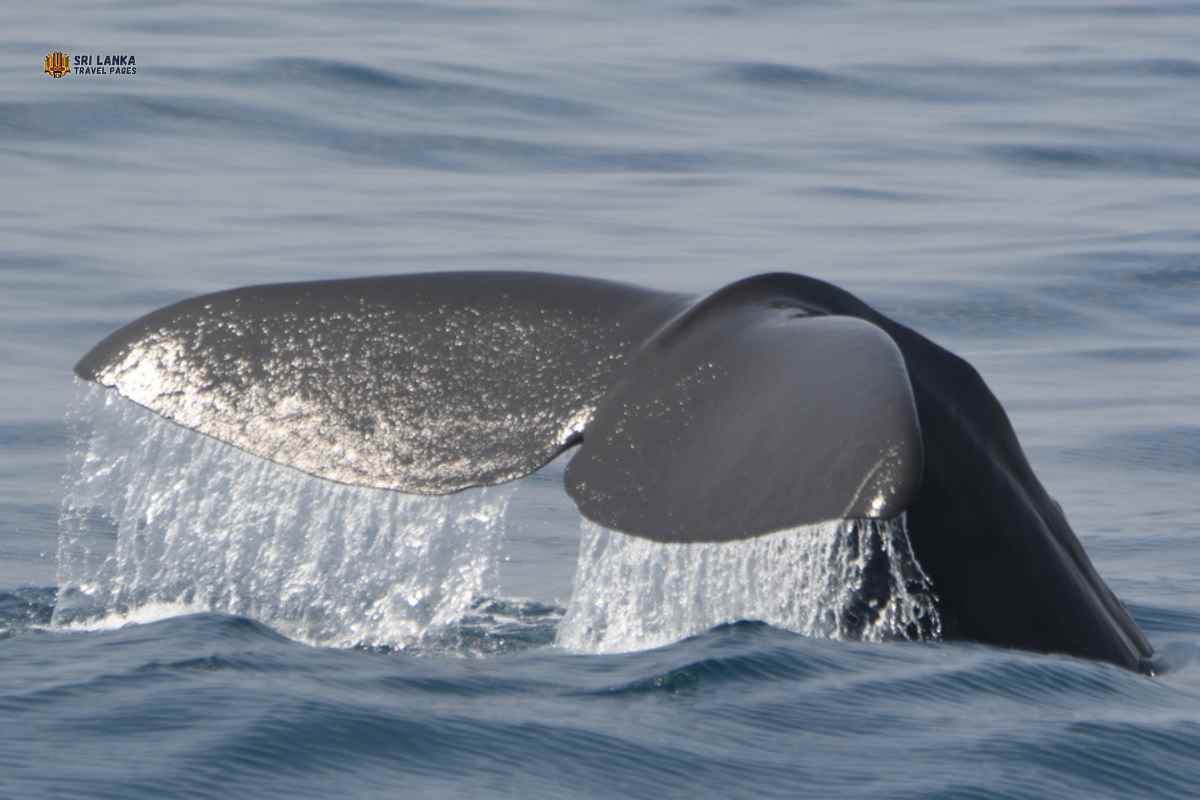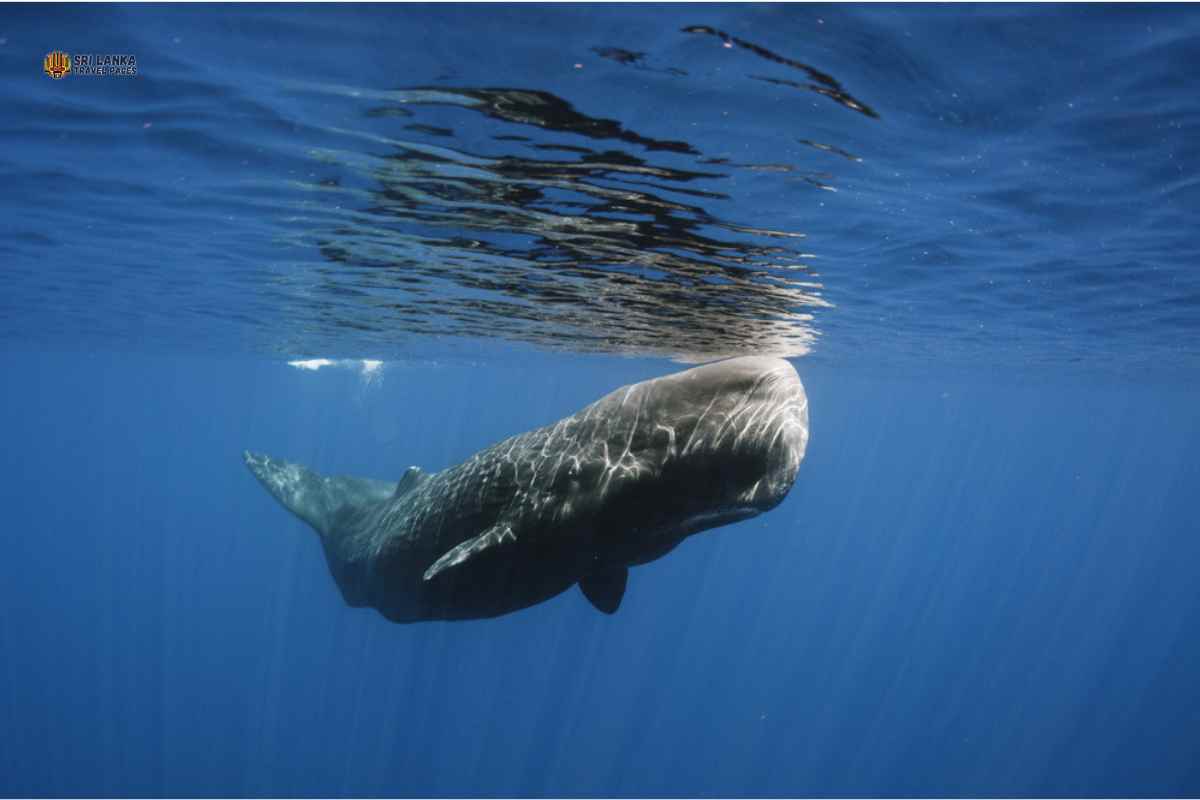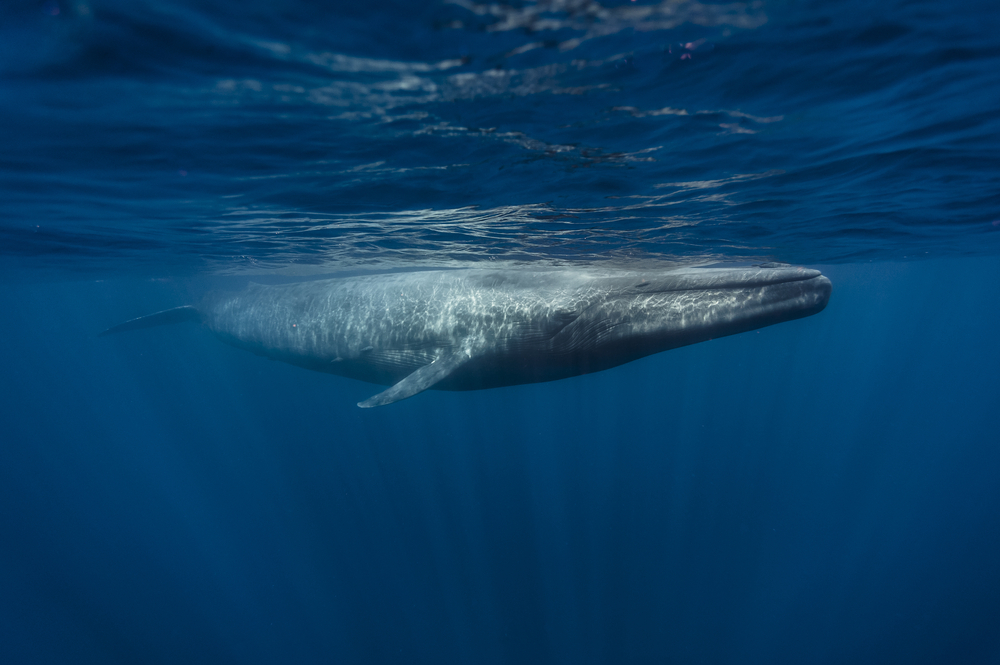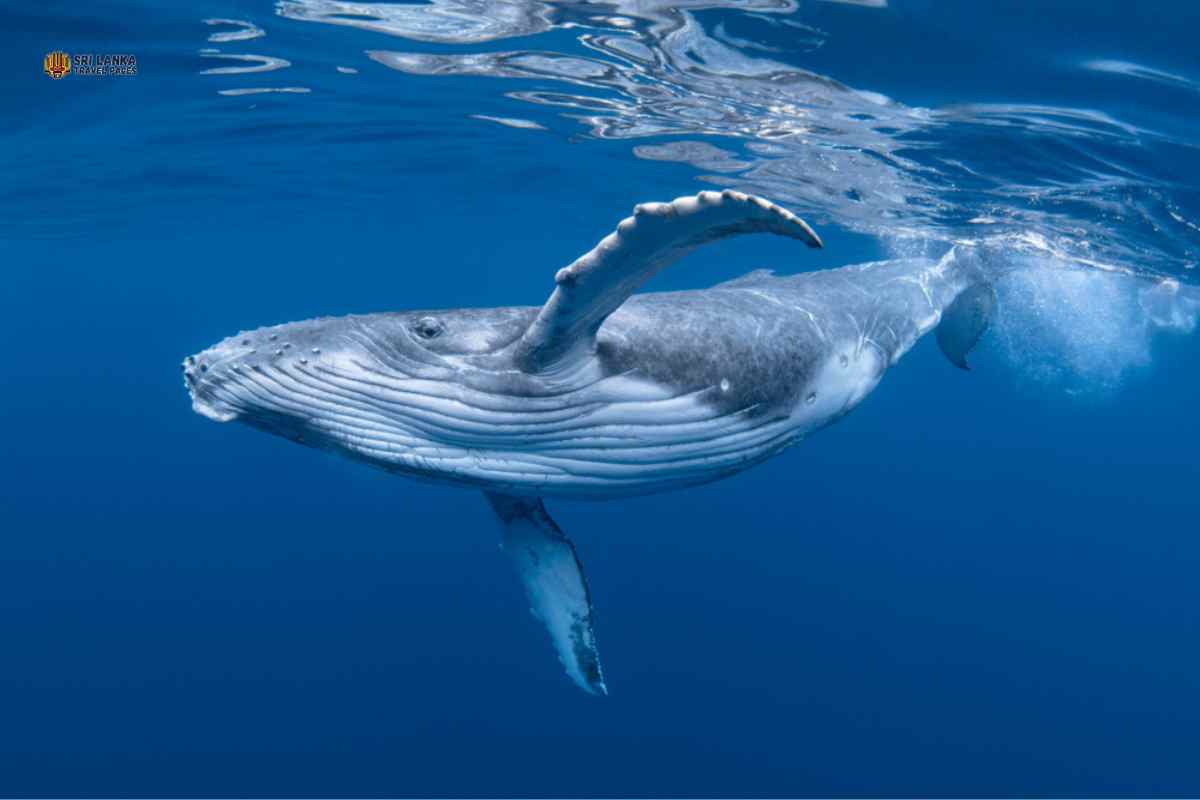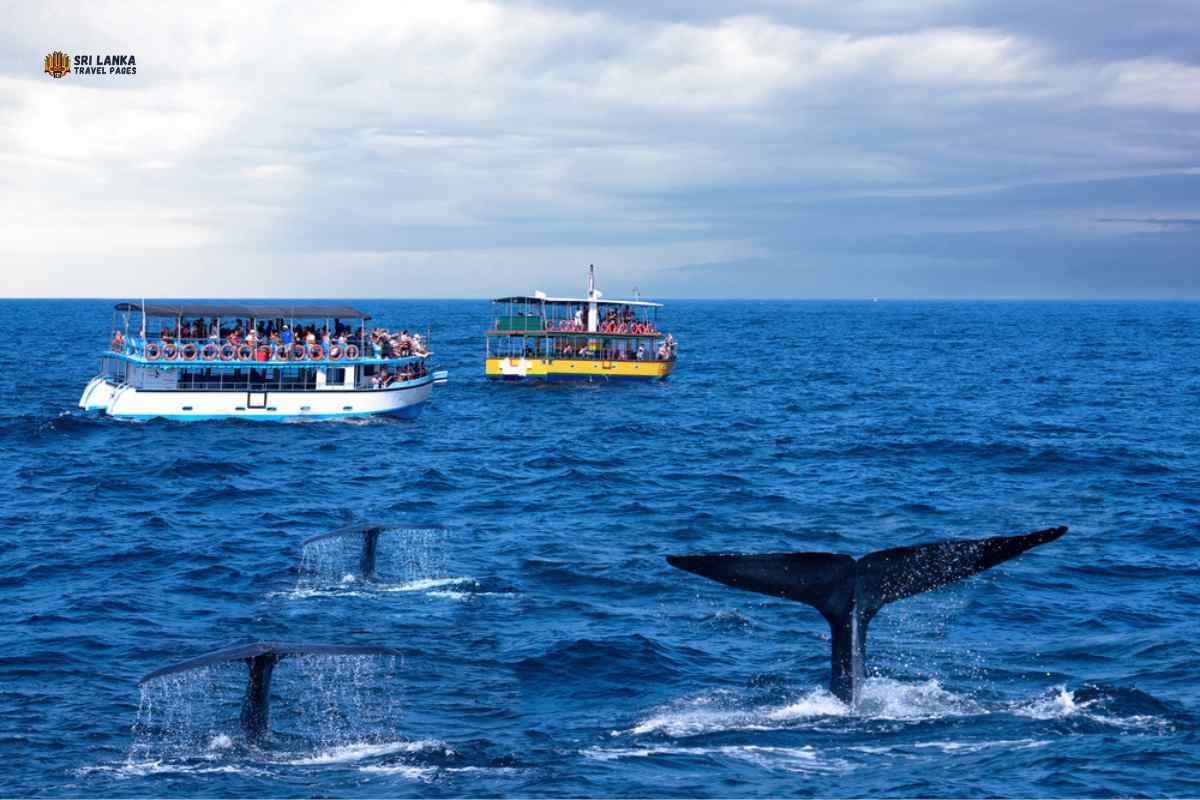
Mirissa in the southwest, Trincomalee in the northeast, and Kalpitiya on the northwest coast are the three primary whale and dolphin viewing places in Sri Lanka. The blue whale is the most commonly sighted species for Whale watching in Sri Lanka and may be seen off the coast of Mirissa between December and March, near Trincomalee between March and July, and on Kalipitiyta between October to March. In addition, Bryde’s whales and sperm whales are occasionally sighted opportunistically on blue whale cruises.
Whale watching in Mirissa
One of the most thrilling water activities you can enjoy during your Sri Lanka vacation is whale and dolphin watching in Mirissa. Blue whales are the largest mammals on the planet, and Mirissa is the ideal site in Sri Lanka for whale and dolphin-watching cruises. Mirissa’s whale viewing season runs from November through April.
Suggested Read: 15 Places to Visit in Mirissa
Whale watching in Trincomalee
Trincomalee is fast growing as another globally prominent whale-watching location, following the recent creation of Whale & Dolphin Watching Tours in Mirissa. Blue whales, particularly, and fewer sperm whales, may be observed daily around six to eight nautical miles east of Trincomalee, about 30 minutes by boat. Dolphins, primarily Spinner dolphins, are also frequently sighted. Most sightings happen between March/April and August/September when whales migrate around the island from the south shore. However, where they primarily cluster from December to April, Sri Lanka offers almost ten months of uninterrupted whale and dolphin watching yearly at various spots around the coast.
Suggested Read: 24 Places to Visit in Trincomalee
Whale watching in Kalpitiya
Six different varieties of whales frequent the deeper waters along the coasts of Alankuda and Kalpitiya. However, the largest of Sri Lanka’s big five can be observed surfacing continuously. Seeing these mysterious cetaceans is spectacular and fascinating, providing a genuinely humbling experience—whale migration peaks between November and December and again between March and April. Sperm Whales are the most frequent, although you may also witness Blue, Minke, Pilot, Brydes, Melon-Headed and Dwarf Sperm Whales. The most significant months for whale viewing in Alankuda are November and April. Whales are sighted from November to April, but not as frequently as during the migratory period when they are seen in great numbers near shore.
Suggested Read: Places to Visit in Kalpitiya
Whales in the Sri Lanka Sea
Whales are large, warm-blooded aquatic creatures. They can be found in all of the world’s seas. There are 80 different types of whales around the globe. For example, in the waters surrounding the small island of Sri Lanka, 26 whale species have been identified. Blue whale, humpback whale, minke whale, fin whale, killer whale, pygmy sperm whale, dwarf sperm whale, sperm whale, short-finned pilot whale, false killer whale, southern bottlenose whale melon-headed whale, Bryde’s whale, and Cuvier’s beaked whale are some of the species you may see on a whale watching tours.
Sperm whale
The biggest-toothed cetacean is the sperm whale. Despite their size, they have teeth on their lower jaw, which they employ to capture giant squid or fish, unlike other great whales that filter more miniature, denser food through their baleen. Though not the most significant whale species, it has the most prominent head, and brain of any animal on the earth can dive deeper than virtually any other marine mammal and lives in a stable and sophisticated matrilineal society akin to elephants. Sperm whales are typically located in deep oceanic seas. Still, they can be seen closer to shore in Kapitiya and Trincomalee.
Blue whale
Blue whales, the world’s most giant mammals, inspire amazement and surprise with all the records they break: A blue whale’s heart is the size of a small vehicle; a child could crawl through a blue whale’s arteries, and blue whales emit the loudest sound on the planet – even though it is too low in frequency for humans to hear. Pygmy blue whales are more petite and primarily found in the Southern Hemisphere, particularly the Sri Lanka Ocean. Mirissa and Trincomalee are popular places for Blue whales.
Humpback whale
These baleen whales eat tiny shrimps, plankton, and small fish and may be found along beaches. Every year, humpback whales migrate from summer feeding areas near the poles to warmer winter breeding seas near the Equator. Mothers and their children swim close together, frequently stroking each other with their flippers in what appear to be affectionate gestures. Females feed their babies for over a year, while a humpback whale takes much longer to achieve full adulthood. Calves continue to develop until the age of ten.

Ravindu Dilshan Illangakoon
As co-founder and Head of Content at Sri Lanka Travel Pages, I ensure that every blog post we publish is AMAZING.
Also Read
Sri Lanka Launches a New eVisa Website
Sri Lanka’s Department of Immigration and Emigration introduced a new eVisa system on April 17,…
15 Best Hotels and Resorts in Kandy
Kandy, the cultural capital of Sri Lanka, is renowned for its historical significance, vibrant cultural…
Luxury Hotels in Ella, Sri Lanka, with a Pool
Ella, located in Sri Lanka, is an enchanting haven celebrated for its verdant scenery and…

